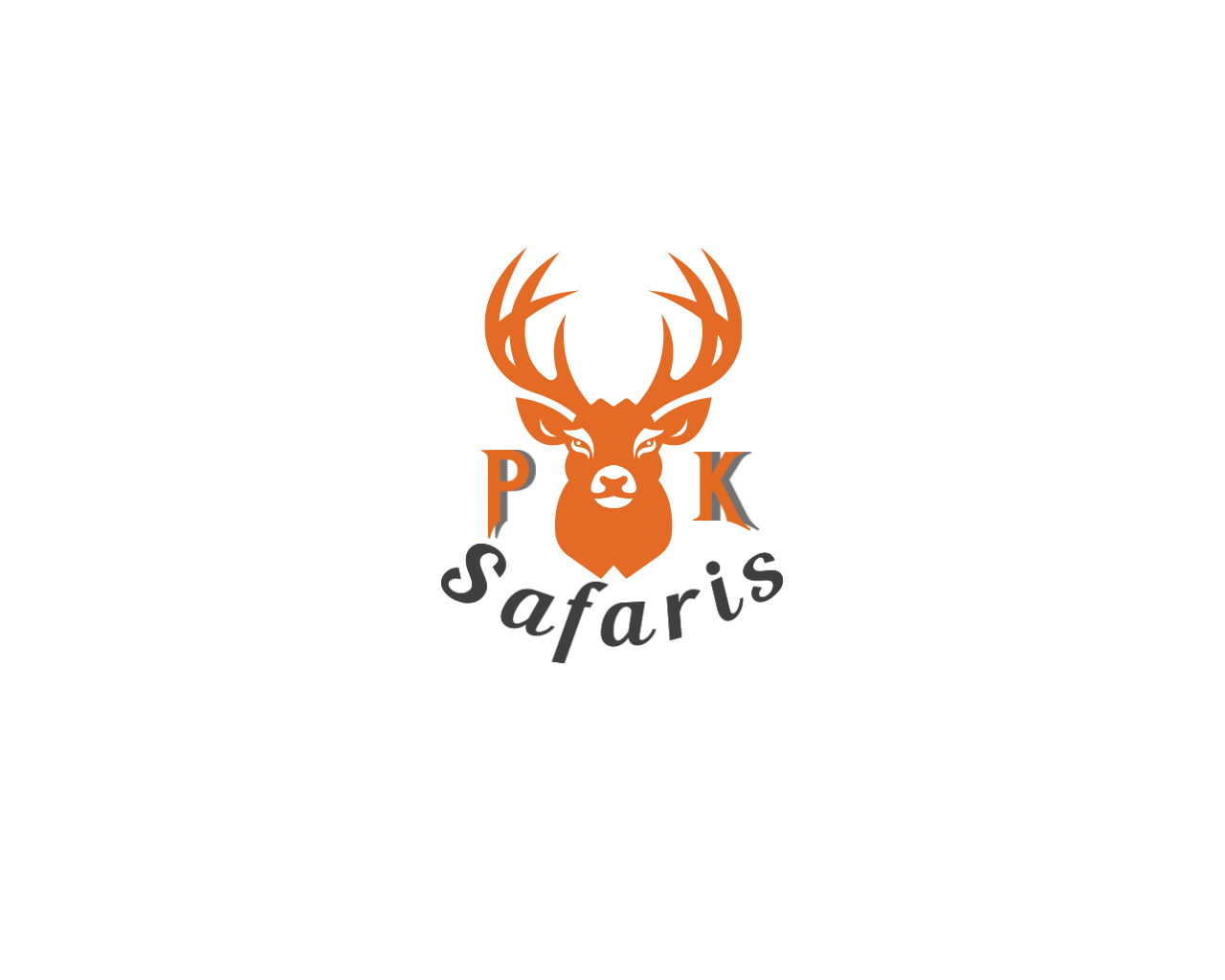What to Pack for a Kenyan Safari: The Ultimate Checklist
Embarking on a Kenyan safari is a dream come true for many travelers. From the majestic lions of the Maasai Mara to the breathtaking views of the Great Rift Valley, Kenya offers an unforgettable adventure. But before you set off, packing the right gear is essential to ensure a comfortable and memorable experience.
At PK Safaris, we’ve put together the ultimate safari packing checklist to help you prepare for your journey into the wild. Whether you’re a first-time safari-goer or a seasoned explorer, this guide has you covered.
1. Clothing: Dress for the Wild
Kenya’s weather can be unpredictable, with warm days and cool evenings. Pack lightweight, breathable, and neutral-colored clothing to blend in with the environment and stay comfortable.
- Neutral-colored tops and pants (khaki, beige, green, or brown) – avoid bright colors and white.
- Lightweight jacket or fleece for chilly mornings and evenings.
- Long-sleeved shirts and pants to protect against sunburn and insects.
- Comfortable walking shoes or hiking boots for game drives and bush walks.
- Sandals or flip-flops for relaxing at the lodge or camp.
- Wide-brimmed hat or cap for sun protection.
- Swimwear (many lodges have pools with stunning views!).
- Scarf or bandana for dust protection and added warmth.
2. Gear: Essentials for the Safari
The right gear can make all the difference during your safari. Here’s what you’ll need:
- Binoculars – A must-have for spotting wildlife from a distance.
- Camera with extra batteries and memory cards – Capture every moment of your adventure.
- Power bank – Keep your devices charged during long game drives.
- Reusable water bottle – Stay hydrated and eco-friendly.
- Daypack or small backpack – Carry your essentials during excursions.
- Headlamp or flashlight (with extra batteries) – Many camps have limited lighting at night.
- Travel adapter – Kenya uses Type G plugs (UK standard).
3. Health & Safety: Stay Prepared
Your health and safety are a top priority. Pack these items to ensure a worry-free trip:
- Sunscreen (high SPF) – The African sun can be intense.
- Insect repellent – Protect yourself from mosquitoes and other bugs.
- First aid kit – Include band-aids, antiseptic cream, and any personal medications.
- Hand sanitizer and wet wipes – Stay clean during long days in the bush.
- Malaria prophylaxis – Consult your doctor before traveling.
- Face mask – Useful for dust protection and health precautions.
4. Documents: Don’t Leave Home Without These
Keep your important documents organized and easily accessible:
- Passport (with at least 6 months validity).
- Visa – Check Kenya’s visa requirements for your country.
- Travel insurance details – Ensure it covers medical emergencies and safari activities.
- Vaccination certificates (if required).
- Flight tickets and itinerary.
- Copies of important documents (stored separately from the originals).
5. Extras: For Comfort and Enjoyment
These little extras can enhance your safari experience:
- Notebook and pen – Jot down your wildlife sightings and memories.
- Books or e-reader – Perfect for downtime at the lodge.
- Snacks – Pack some light snacks for long game drives.
- Sunglasses – Protect your eyes from the sun and dust.
- Small travel pillow – For added comfort during transfers.
Pro Tips for Packing
- Pack light: Most safari lodges and camps have laundry services.
- Use soft-sided luggage: It’s easier to fit in safari vehicles and small planes.
- Layer up: Mornings and evenings can be chilly, while midday is warm.
- Leave unnecessary valuables at home: Focus on enjoying the experience.
Final Thoughts
Packing for a Kenyan safari doesn’t have to be overwhelming. With this ultimate checklist, you’ll be well-prepared to embrace the adventure of a lifetime. At PK Safaris, we’re here to make your safari experience seamless and unforgettable.
Ready to explore the wild? Contact us today to book your dream safari and let the adventure begin!








 Caption: A stunning sunset over the Maasai Mara savanna.
Caption: A stunning sunset over the Maasai Mara savanna.























